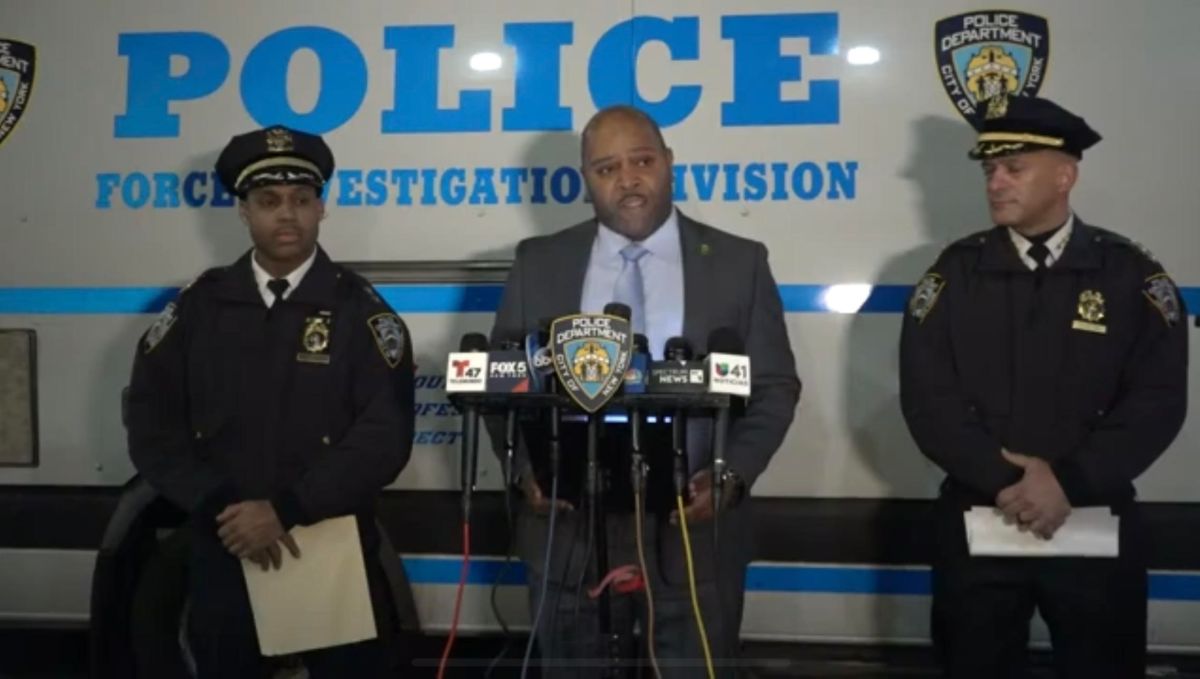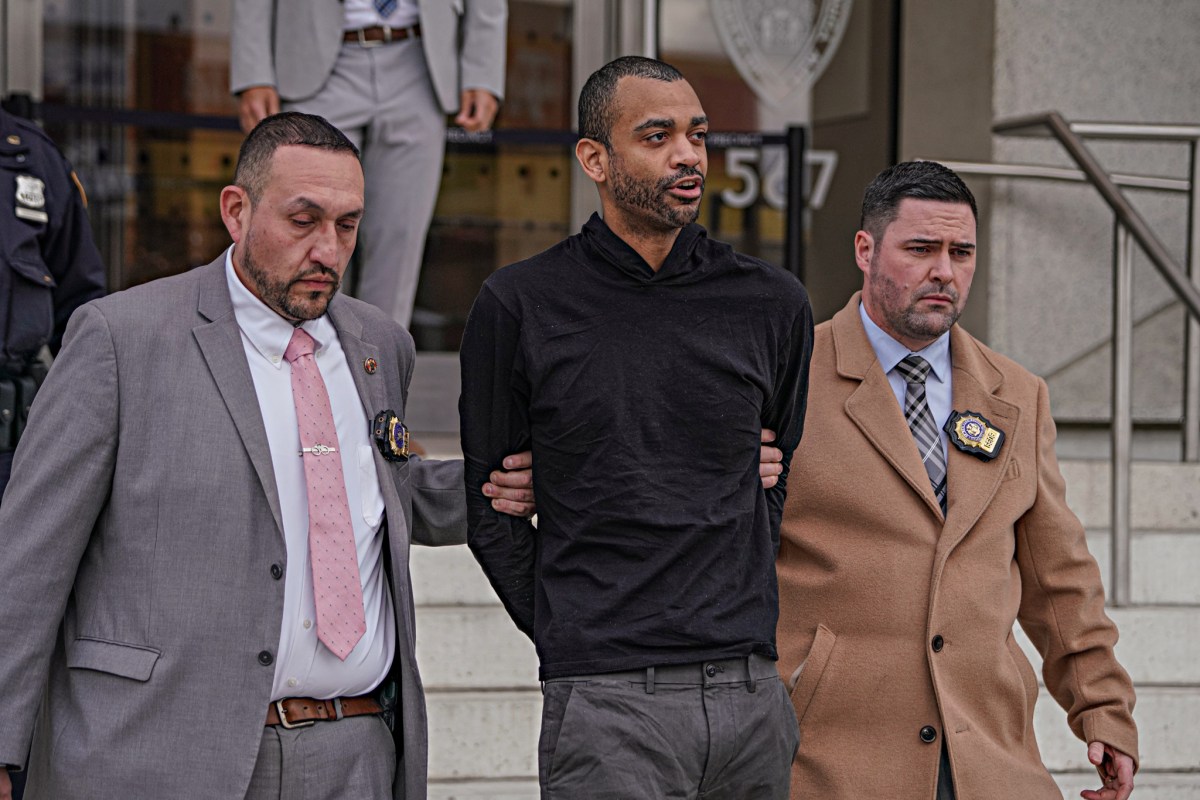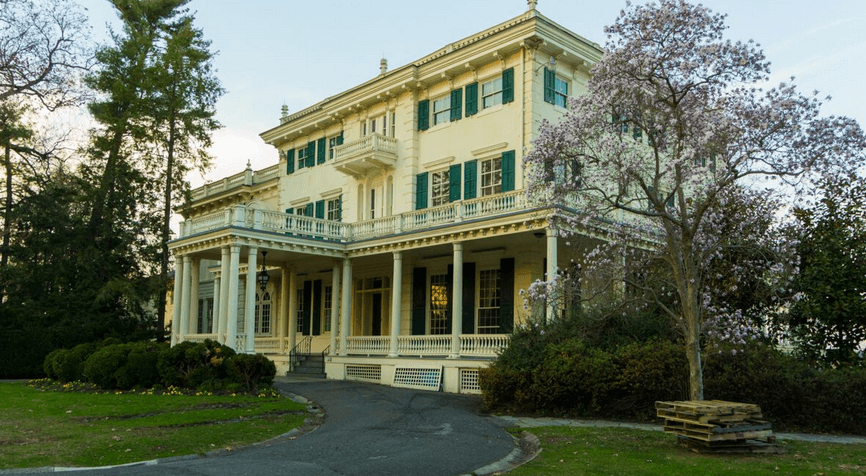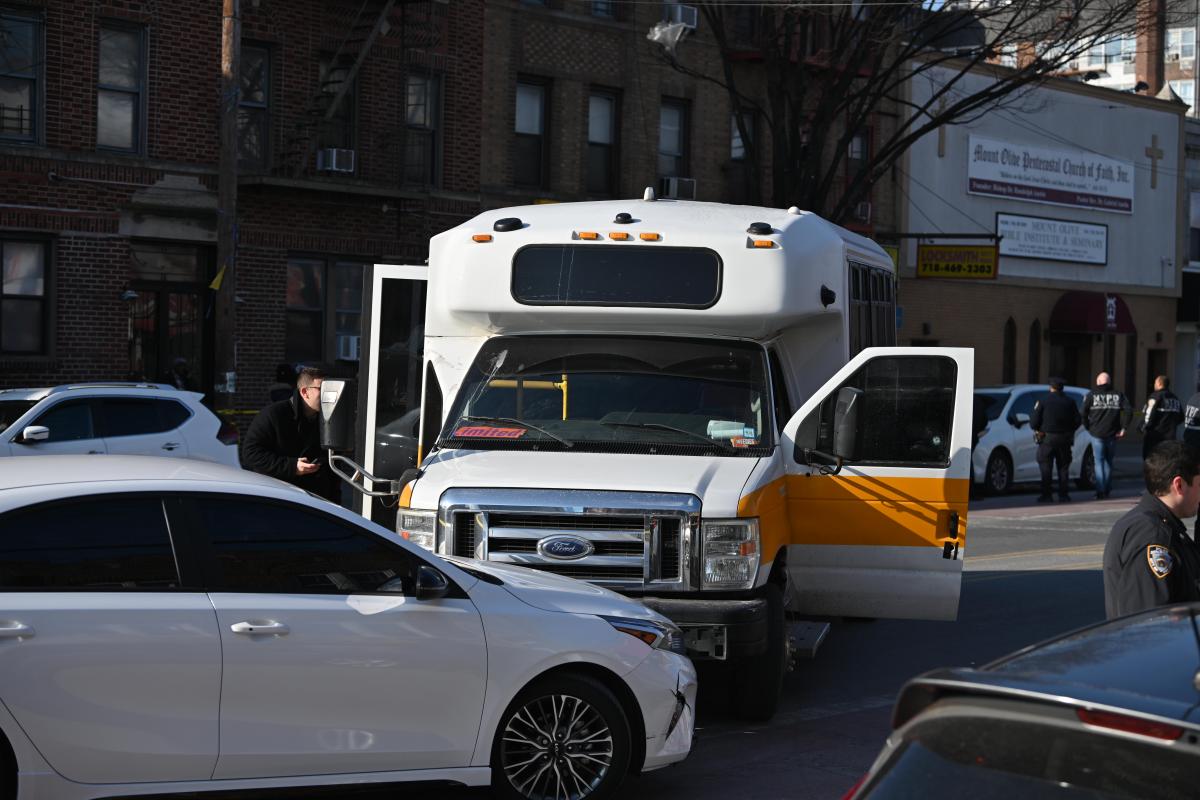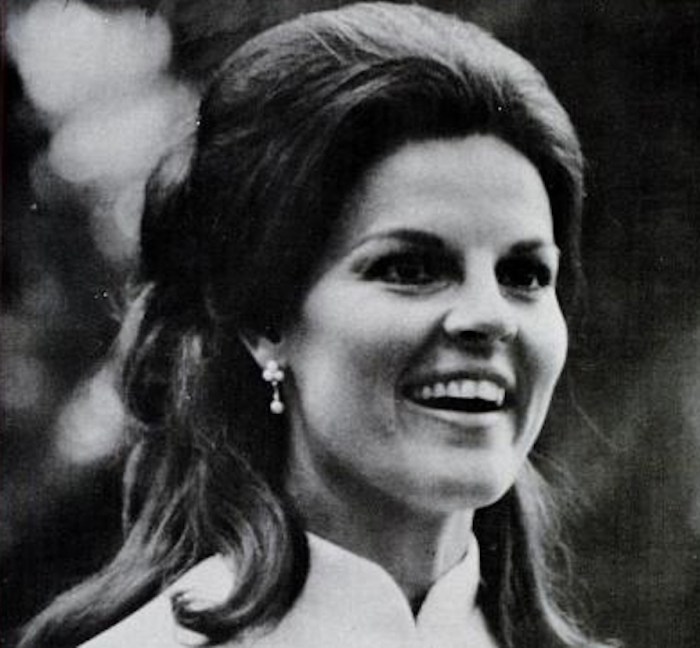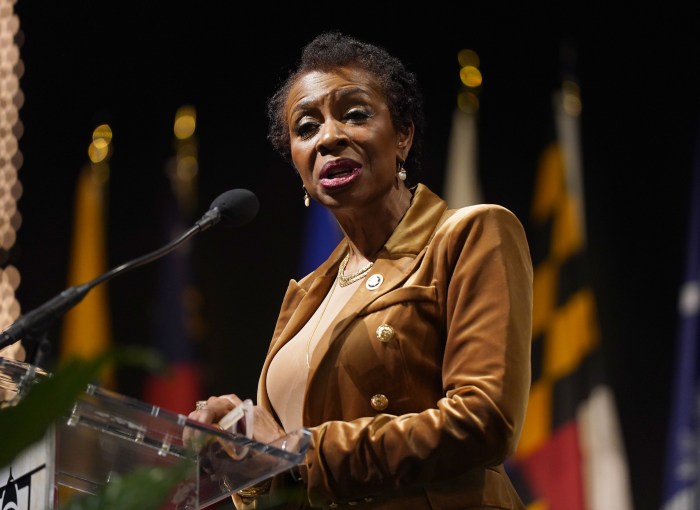By 10:30 a.m. in Río Piedras, Puerto Rico, the temperature already exceeds 80 degrees.
Under the hot sun, people line up outside a supermarket in the poor San Juan suburb. Like many others, Mario Verde is hoping to find drinking water, and he’s brought with him four empty gallon jugs. He’s about to find out that there is no water there.
“Oh, there isn’t any? Why am I waiting in line then?”
At home he has tap water, but says he doesn’t want to have to use it for drinking, because he doesn’t trust that it’s clean.
The lack of water has led several rural communities on the island to drink, wash and bathe in rivers and springs. As a result, the mayor of the town of Canóvanas, Lorna Soto, reported in recent days that about seven people from her municipality were infected with leptospirosis, a bacterium transmitted by the urine of some animals and that can be deadly. Metro also received information that, in the towns of Moca, Arecibo and Loíza there were also other cases.
After the hurricane, thousands of homes in Puerto Rico were left without drinking water. In stores, it sells out in the blink of an eye. The hurricane was on Sept. 20, but today only about 64 percent, or 800,000, of the subscribers get water, according to the director of the Aqueduct and Sewer Authority (AAA), Elí Díaz.
This information comes from operation and handling plants for distribution pumps, which in turn depend on electric generators and diesel.
The Federal Emergency Management Agency (FEMA) reported yesterday that it distributed an estimated 7 million liters of water. However, in communities like Punta Santiago in Humacao or Martel in Arecibo, people say that they are not receiving enough supplies.
The claim extends around the entire country. One of the most dramatic claims came yesterday from the mayor of Comerío — a town in the island’s mountainous interior — Josean Santiago, who said that floods took all the drinking water and sanitation pipelines.
The AAA informed him that they need to award a contract to install new pipes and that the project could take about two months from the start of the contract, if the river does not grow. The town has about 7,000 families and the mayor has only two tank trucks to distribute to approximately 200 families a day.
It also distributes bottled water that it picks up at a distribution center in the metropolitan area of Bayamón with eight brigades that go house-to-house. Up to that mountain arrived a National Guard brigade with a plant to purify water, but they cannot distribute it because they have to wait between five and seven days for the AAA laboratory to certify its potability.
“There is no drinking water. There is no water, in my town there is no water,” said Santiago almost on the verge of tears in a radio interview with WKAQ. He said that people are drinking water from runoff and bodies of water.
Three weeks after the passage of Hurricane Maria through Puerto Rico, in the municipality of Corozal, dozens of people arrive every day at the edge of the road. There they fill containers with liquid, wash clothes and even bathe. Daniel Orlan did not hesitate to tell Metro that the water is fine to drink because “that’s a spring that the earth produces.”
His compatriot, Helson Diaz, interrupted to say that it was not drinkable, but added, “during World War II the waters would flow with corpses lying there and they pushed the water aside to drink and did not die.”
Since last weekend, the Department of Health has denied the situation, but yesterday Governor Ricardo Rosselló was forced to accept the appearance of the bacterium after the cyclone, although he only confirmed two deaths possibly related.
Problems with meeting demand
Yesterday, the secretary of public affairs, Ramón Rosario, accepted that the demand for drinking water continues in increase and that the suppliers have problems to fulfill it. He said that the local health department issued an order to allow Tres Monjitas and Suiza Dairy to produce bottled water, along with Coca Cola and Pepsi, to mitigate demand in stores.
In the same way, he affirmed that they prioritize the delivery of this supply to about 70 health units that do not have the service. As mentioned, the State drew up an agreement with the Federal Department of Health to coordinate the delivery of the same around the island.
On the unreasonable rise in costs that some consumers have reported through social networks, the Secretary of the Department of Consumer Affairs (DACO), Michael Pirluisi, reported that the order to freeze water prices remains.
It is assumed, DACO told Metro, that the cost of water in all shops is the same as before the state issued the order to freeze. To be sure, agency inspectors are comparing purchase receipts from establishments dating before and after the emergency.
“As for the complaints that are flooding social networks, we must keep in mind that not everything that is denounced is a violation of the freezing order. We have noticed that there are often different prices because they deal with different brands of a particular product. For example, water bottles,” explained Pierluisi.
Water will come … slowly
Puerto Ricans receive tap water thanks to electrical power. Until yesterday, only 16 percent of the country had power. This situation exacerbates the process of the recovery of drinking water, which will depend for the moment on electric generators.
According to Diaz, the agency that he directs requested 220 generators to FEMA, to begin to pump water to homes. At two and a half weeks of the natural phenomenon, they have only received 17 of these. The AAA has 4,000 units, and it owns 1,300 power plants.
To this situation, Diaz added the lack of materials to fix the system. Although he also asked the U.S. Corps of Engineers and FEMA for assistance, the official is unaware of how long it might take for supplies to arrive.
Among the municipalities that are practically without water, Díaz included Corozal, Naranjito, Toa Alta, Aguadilla, Isabela, Arroyo, Orocovis, Patillas, Barranquitas and Comerío.
Editor’s note: This story was translated from Spanish.











